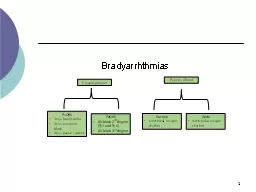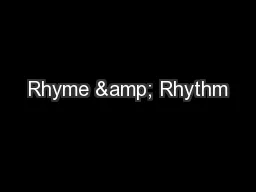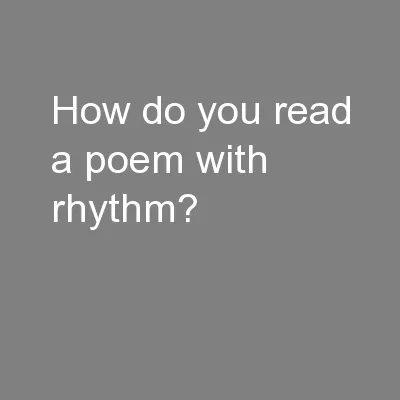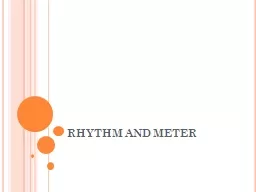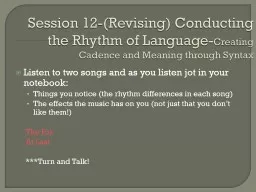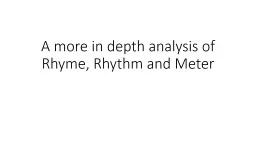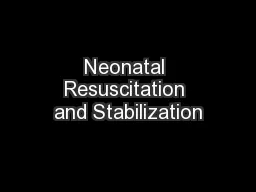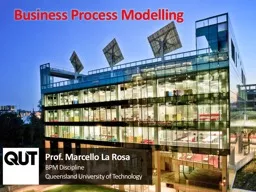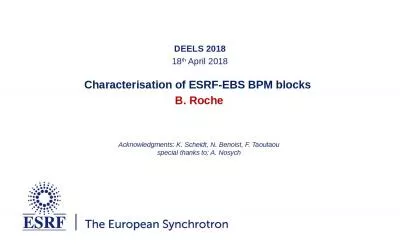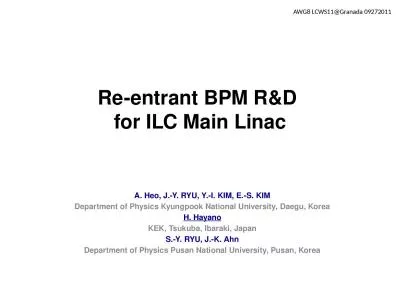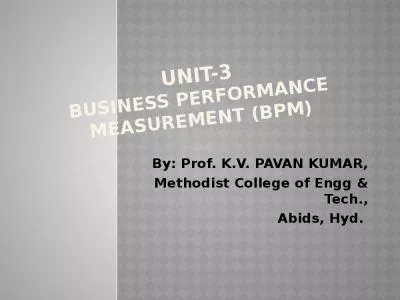PPT-1 Rhythm #1 3 30 bpm Rate?
Author : melody | Published Date : 2022-05-31
Regularity regular normal 010 s P waves PR interval 012 s QRS duration Interpretation Sinus Bradycardia Sinus Bradycardia Deviation from NSR Rate lt 60 bpm 4
Presentation Embed Code
Download Presentation
Download Presentation The PPT/PDF document "1 Rhythm #1 3 30 bpm Rate?" is the property of its rightful owner. Permission is granted to download and print the materials on this website for personal, non-commercial use only, and to display it on your personal computer provided you do not modify the materials and that you retain all copyright notices contained in the materials. By downloading content from our website, you accept the terms of this agreement.
1 Rhythm #1 3 30 bpm Rate?: Transcript
Download Rules Of Document
"1 Rhythm #1 3 30 bpm Rate?"The content belongs to its owner. You may download and print it for personal use, without modification, and keep all copyright notices. By downloading, you agree to these terms.
Related Documents

